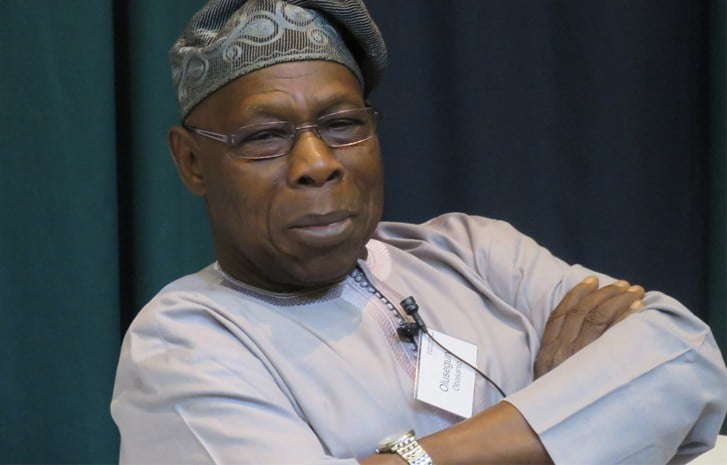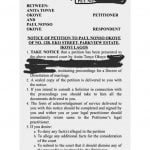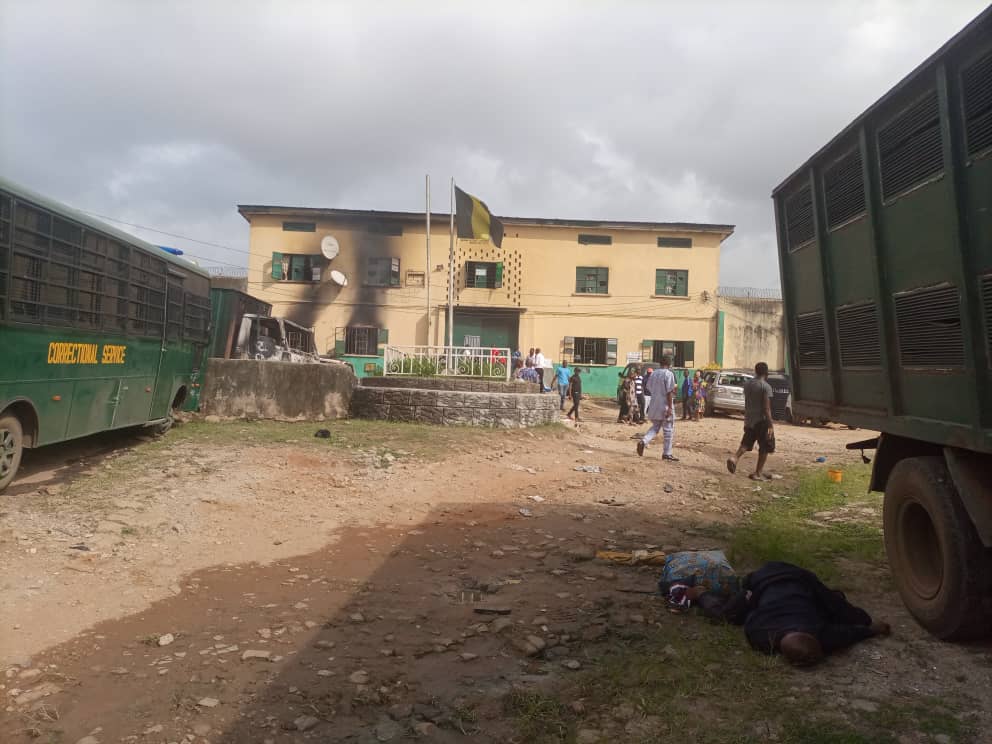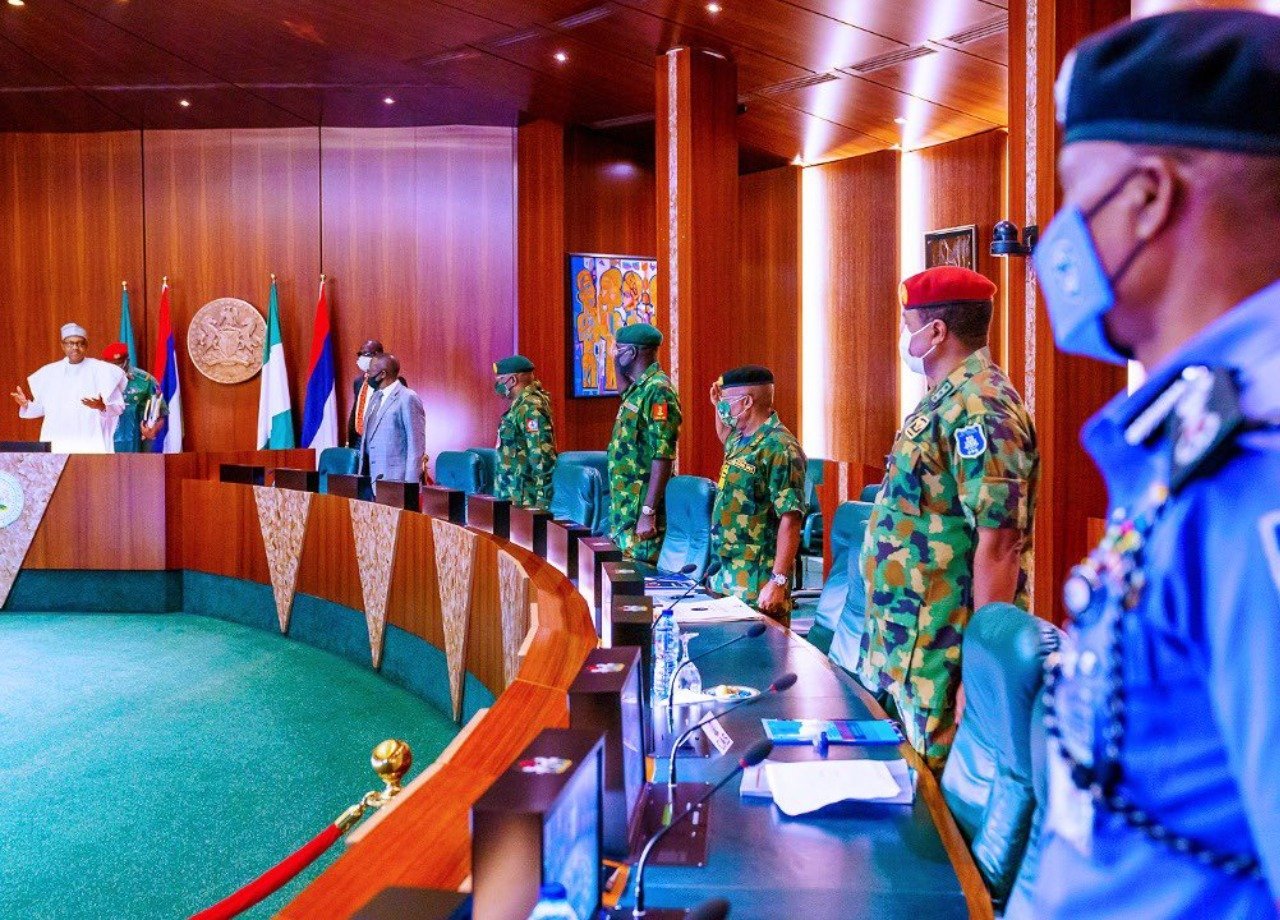Islamic militant group known as the Taliban retook Kabul, Afghanistan’s capital city, on Sunday, but the fall of the landlocked Asian country had been seen by many observers when US President Joe Biden started the withdrawal of American forces from Afghanistan beginning in early July.
To avert the imminent collapse of the war-torn country with 39 million people and promote peace and stability, ex-Nigerian President, Olusegun Obasanjo, had in July travelled to Kabul and met with some leaders of the country as well as envoys of neighbouring countries.
Obasanjo, unarguably one of the prestigious global citizens from Africa, had met with the Ambassador of Pakistan to Afghanistan, Mansoor Ahmad Khan, members of the Aga Khan Development Network, as well as other diplomatic representatives. AKDN is an international organisation which “brings together a number of development agencies, institutions, and programmes that work primarily in the poorest parts of Asia and Africa”.
Announcing Obasanjo’s presence at the meeting in Kabul on July 5, Khan had in a tweet captioned a photo, “Today, frank discussions at lunch with former President of Nigeria, Excellency Olusegun Obasanjo, hosted by AKDN Ambassador, (Hijri) Sheherzade, about promoting long term peace, stability, reconciliation and development in Afghanistan.”
Obasanjo, Nigeria’s democratically elected President between 1999 and 2007, had been instrumental to the restoration of peace in many parts of Africa including Liberia, Sudan, Ethiopia, amongst others.
The former Nigerian military head of state between July 1975 and February 1976 had sat on many peace committees including those of the United Nations, African Union and Economic Community of West African States.
Obasanjo is a global peace personality -Secondus
Speaking of Obasanjo’s “peace wand”, embattled National Chairman of the Peoples Democratic Party, Uche Secondus, on Thursday, described the ex-President as a “global personality, resolving issues across the world. In fact, the last place I learnt Baba visited was Afghanistan; despite the situation in that country, he went there and came back alive.”
Secondus ran to Obasanjo in his Abeokuta home on Thursday to save him from his many troubles within the party.
Though it appeared the octogenarian was unable to pull his “peace wand” in Afghanistan, only time would tell whether Obasanjo’s “peace touch” would work for Secondus whom some party chieftains want out as chairman.
Afghanistan’s history of rise-and-fall democracy
The PUNCH had earlier reported that the Taliban or the Mujahedeen retook Kabul about two decades after they were driven from Kabul by US troops.
Taliban militants seized about 20 cities in the country following the withdrawal of US troops beginning in July.
Afghanistan civilian President Ashraf Ghani subsequently fled on Sunday when Kabul fell, abandoning the presidential palace to Taliban fighters.
Ghani, 72, who is now in exile in the United Arab Emirates, said he planned to return to the Asian country after talks with the Taliban.
Formed in 1994, the Taliban were made up of ex-Afghan resistance fighters who first captured Kabul in 1996. The Sunni Islamist organisation introduced radical rules against women and children. They were also notorious for their extremist and terrorist ideologies and have been fingered in sponsoring insurgency in several parts of the world, including Africa.
9/11 attack and US revenge on Osama bin Laden
The Taliban held strong control of Afghanistan till September 11, 2001, when 19 extremist fighters hijacked four commercial planes in the US, crashing two into the World Trade Center towers, amongst other places, and killing over 2,500 people were killed in the attacks.
The attacks were orchestrated by the Taliban and Al-Qaeda leader Osama bin Laden.
In the spirit of nationalistic vengeance, the United States under the then government of President George Bush responded with swift, crushing fury and invaded Afghanistan, aiming to stop the Taliban from providing a safe-haven to Al Qaeda fighters — and to stop Al Qaeda from using Afghanistan as a base of operations for terrorist activities.
After Osama bin Laden fled Afghanistan and went into hiding, the path to peace and democratic takeover was open in Afghanistan.
During the December 2001 International Conference on Afghanistan in Germany, Ghani’s predecessor, Hamid Karzai, was selected by prominent Afghan political figures to serve a six-month term as chairman of the Interim Administration.
Karzai was later chosen for a two-year term as interim president in 2002 before he won the 2004 presidential election and a second five-year term in 2009 before US forces killed Osama bin Laden in May 2011 at his lair in Pakistan.
US mission in Afghanistan to get 9/11 attackers, not nation-building -Biden
Karzai handed over to Ghani in 2014 as the winner of the presidential poll but Afghanistan fell under Ghani when President Joe Biden commenced the withdrawal of US troops last month, saying the US mission in the Asian country was to neutralised the 9/11 attackers and not nation-building.
“We went to Afghanistan almost 20 years ago with clear goals: get those who attacked us on September 11, 2001 — and make sure al Qaeda could not use Afghanistan as a base from which to attack us again.
“We did that — a decade ago.
“Our mission was never supposed to be nation-building,” Biden said at a presidential address on Monday.






